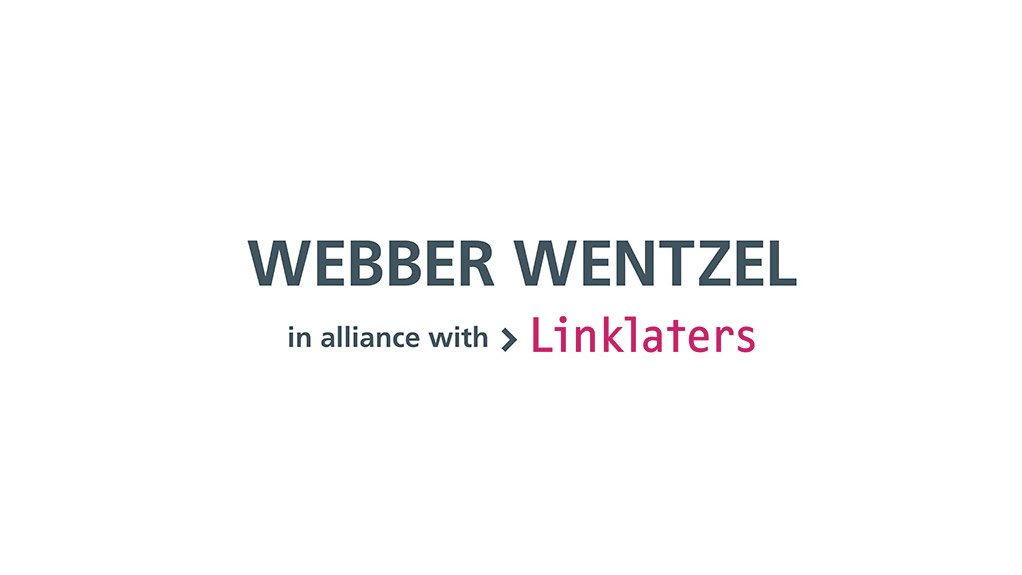The Competition Tribunal recently handed down a decision in which it overturned the Competition Commission's categorisation of a merger as large; finding on the facts that the merger was a small merger. The key driver to the different finding came down to how the two authorities interpreted "control" for competition law purposes and following this which assets / turnover were included in the threshold calculation.
At its simplest, the Commission considered that the primary acquiring firm was controlled by its shareholders for competition law purposes and as such their combined assets and turnover rendered the transaction a large merger. The Tribunal, however, found that no single shareholder controlled the primary acquiring firm and as such there was no need to refer to the shareholders' assets and turnovers in the threshold calculation. Factually, the shareholders' agreement and the Memorandum of Incorporation (MOI) for the primary acquiring firm provide that:
- the largest shareholder has a 28% stake;
- each shareholder has a right to appoint a director to the board – at board level, the director would vote in the same proportion as the shareholder appointing him or her has equity in the company;
- most decisions are made by ordinary resolution (for which a 50% majority is required); and
- some issues require special resolution (for which a 70% majority is required).
The Tribunal held that: "…no single shareholder is able to block either an ordinary or special resolution. Even the largest shareholder … at 28%, would be unable on its own to veto the passing of a special resolution. Nor would the director nominee of any single shareholder be able to block the board from passing a board resolution for which a simple majority is required. Of course an alliance between two or more shareholders might be able to do so. However, that is not the Commission's case. Its case is that all the shareholders control the company and hence constitute acquiring firms for the purposes of the Act."
The Commission attempted to belatedly argue before the Tribunal that the primary acquiring firm was jointly controlled by virtue of a "commonality of interest…between the so-called equity shareholders…" This argument was, however, rejected by the Tribunal which held that the Commission's case was limited to the shareholders' agreement and the MOI and that "there is no evidence to suggest that all the shareholders will agree all the time on strategic commercial issues." On this basis, the Tribunal held that none of the shareholders controlled the primary acquiring firm and that the merger was properly categorised as a small merger.
The Tribunal's decision involving the acquisition by Tiger Equity One of transport infrastructure company Tolcon from Murray & Roberts is available here.
EMAIL THIS ARTICLE SAVE THIS ARTICLE
To subscribe email subscriptions@creamermedia.co.za or click here
To advertise email advertising@creamermedia.co.za or click here











